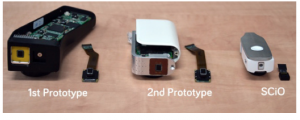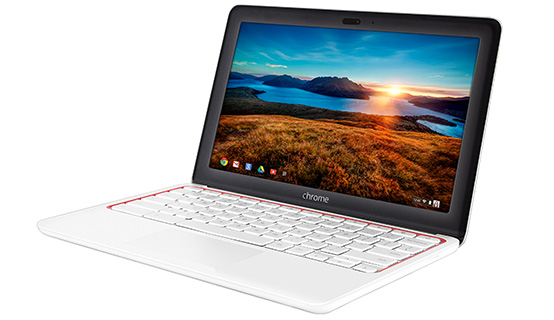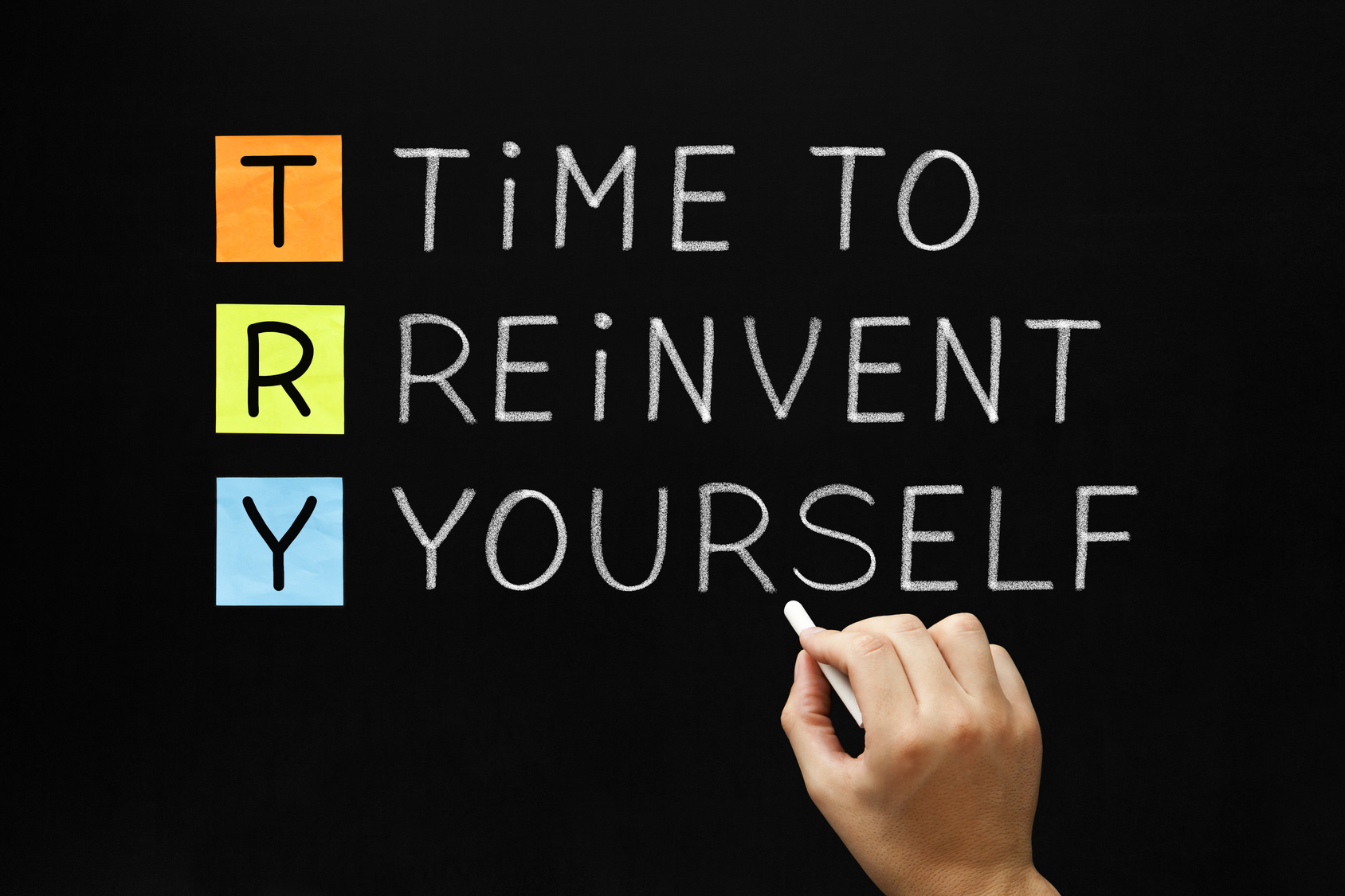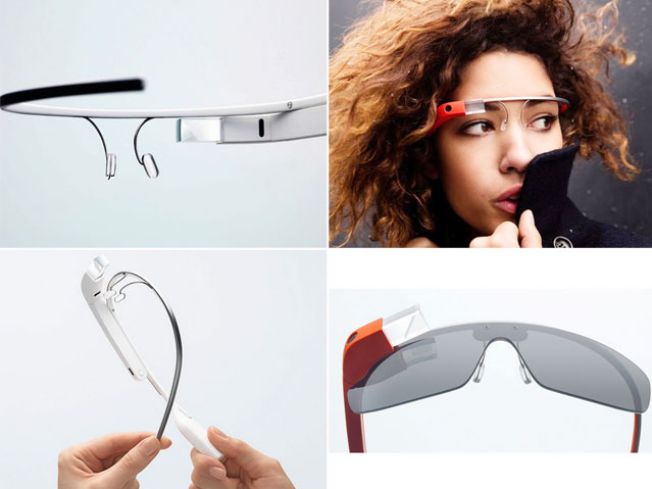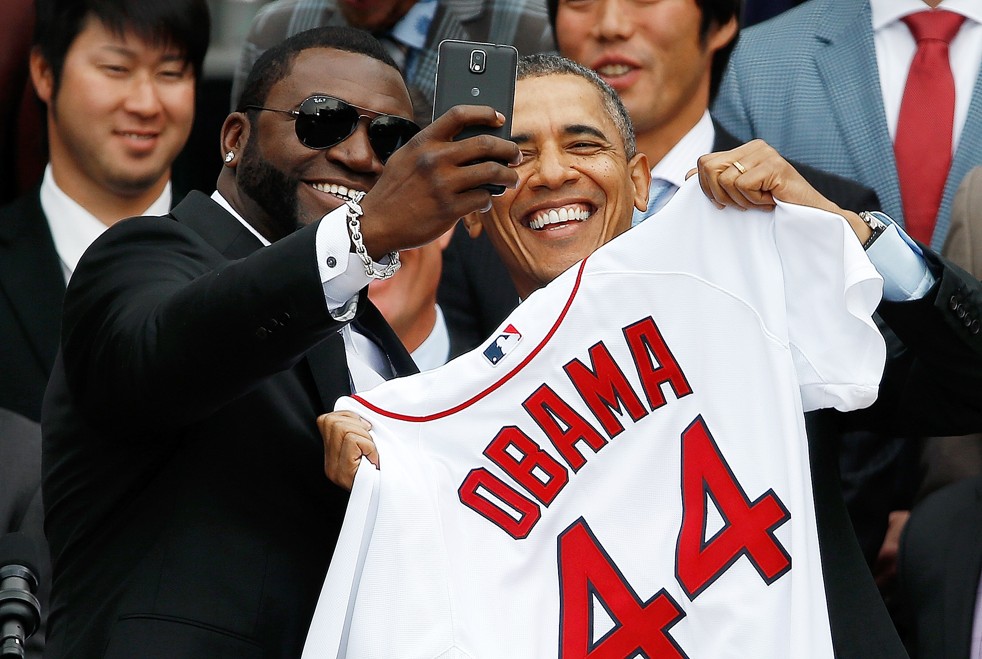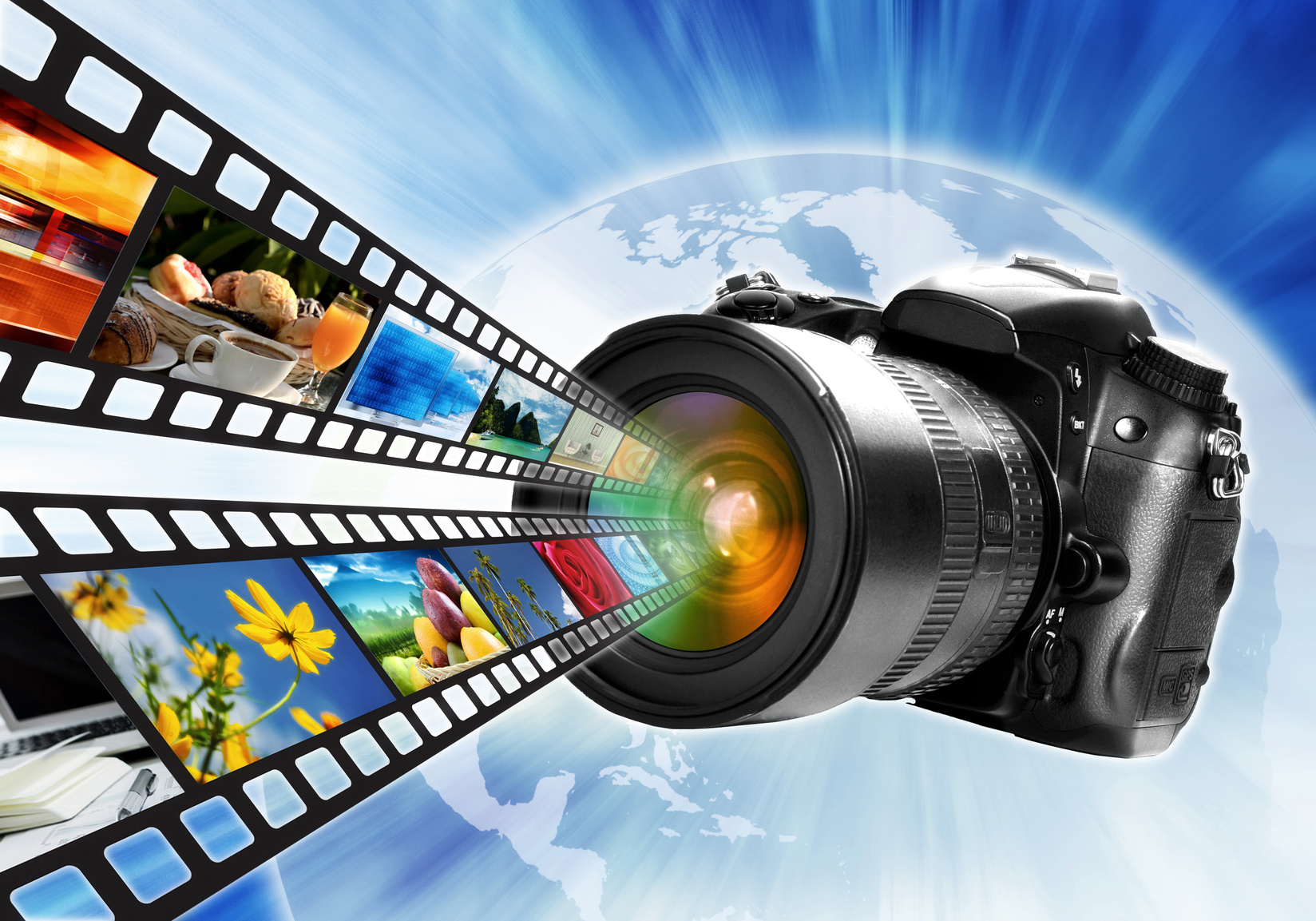In the late 1990s, I began a series of lectures at conferences titled “Three Screens of the Digital Lifestyle.” As early as 1991, I was researching how people were using various screens in their lives and made the assumption that, over the next five to seven years, all of our screens would be digital and would have some type of an OS that made them smart. At the time the key screens I focused on were the PC, TV and the featurephone but by 2007, after Apple introduced the iPhone, the third screen became a smartphone in my talks.
In these early lectures I laid out how these screens would become the hub of our digital lifestyles and I suggested the smartest screen was the PC. Thanks to Apple, we were already seeing the PC serve that central role since the iPod needed the PC to synch the iPod’s music library and was managed by the Mac or PC as well. Actually, the Mac was at the heart of Apple’s overall idea of a PC being a hub. At Macworld in 2001, Steve Jobs’ keynote focused specifically on the idea of the “Mac being the hub our our digital lifestyle” and over the next three years he made a major effort to deliver on that vision.
Eventually the Cloud became the hub for Apple as they began to move more and more of our content to their iCloud and use it to store our music and apps and push them down to our devices. Consequently, data synch was now cloud-based and the Mac or the PC played less of a role as our digital lifestyle hub. In these talks I also point out the winners in this new digital screen world would be the one’s that understood three key things I believe all consumers wanted in a digital ecosystem.
The first part of this vision is people will ultimately have many screens in their digital lifestyle. In my early talks I had suggested three screens but today we have screens in our cars, appliances, and, with the introduction of wearables, screens on our wrists, clothes and eyewear. The second part of this idea is all of these screens are connected, work together seamlessly and perhaps more importantly, are always in synch with each other. If the data on one changes, it is updated on each device in the ecosystem. The third part of the vision is the user interface on each of these devices is the same. I have always felt people were more likely to use new devices if they worked the same as on other devices they already have.
Now I realize this vision is more pie in the sky than reality today since we have so many diverse operating systems, user interfaces and cloud-based services that march to the beat of their own drums. But I believe if a company masters this concept it could create a very sticky user experience that could keep their customers in their ecosystem and allow companies to “own” that customer for a long time.
In a sense, this is what Apple, Google and even Microsoft are attempting to do as part of their grand strategic visions. Microsoft calls their version Microsoft ONE, Google’s might be called Google Everywhere and Apple uses the term “continuity” to describe their approach to this idea. My friend Walt Mossberg over at Re/code wrote a good piece entitled “How the PC is merging with the Smart Phone” which talks about Apple’s continuity approach to make the PC act, look like and work like an iOS based phone or tablet. He also mentions how Google is doing something similar with their Chromebooks and Android.
These are good first steps but I really believe consumers are asking for this merged experience on all of the screens in their digital lifestyles. Apple’s CarPlay program has this in mind when they offer a version of iOS to car makers and I am hoping they soon apply this concept to their Apple TV too. In the end, this idea of a single UI, with connected and synched screens and apps, will go a long way towards helping these companies keep their customers happy and, at the same time, use this to really entice them to stay in their Apple, Google or Microsoft ecosystem.
This does not mean some people won’t also have devices from other ecosystems. Today, my primary smartphone is an iPhone but I also carry a Samsung Note 3 tied to a Gear 2 smartwatch and one of my key laptops is a Windows PC. And in today’s world of diverse devices, especially among knowledge workers, this mixed OS and mixed ecosystem is kind of the norm. However, I believe the three big players — Apple, Google and Microsoft — are all driving towards the vision of all of their devices being connected, synched and working the same. The one who pulls this off in the most concise and elegant fashion stands to build an extended loyal customer base who lives within this ecosystem and, as their customers invest more and more in the devices tied to that ecosystem, they most will likely become lifetime loyal customers and not be easily swayed to jump to another system easily. In the future, I believe this is what it will take to “own” the customer.







